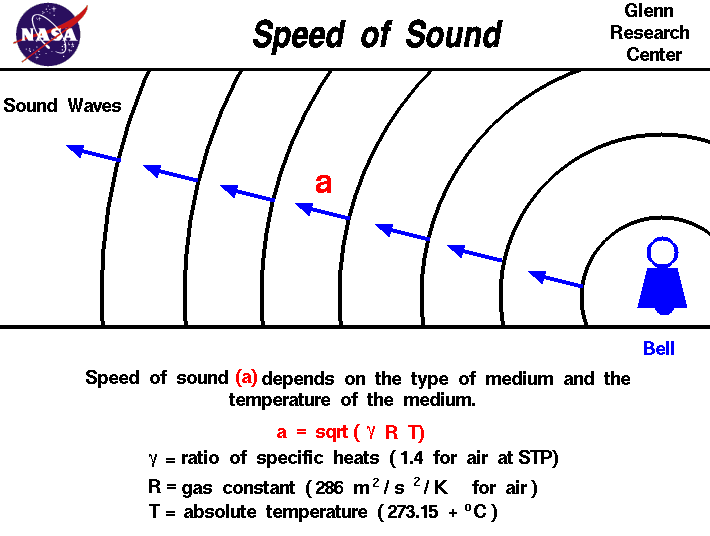
Looks like the Aussies had a successful test launch of their Mach 10 Scramjet. According to ABC news,
Researchers in Australia's Outback launched a test flight Thursday of a supersonic jet designed to fly 10 times faster than conventional airplanes.The test flight was conducted by researchers at the University of Queensland under commission from the Japan Aerospace Exploration Agency, or JAXA, in the remote community of Woomera, about 310 miles north of the South Australian state capital, Adelaide. Full article here
Also, according to the article, the researchers have high expectations for scramjet technology
Some observers say scramjet technologies could revolutionize air travel. Officials at the University of Queensland have said scramjet-powered passenger jets are still a long way off. But it might be possible to use a scramjet-powered plane within the next 10 years for limited purposes, such as delivering vital organs for urgent transplant operations.I am skeptical. How many times a year is someone going to need a heart scramjetted in from halfway around the world? Not too often. The scramjet appears to me to be too expensive, too inefficient, and too fraught with ecological, mechanical, and economic problems to have any real applications outside of research or perhaps military applications. So
Also, the last time I looked at the high Mach numbers associated with scramjets, a keen eyed reader questioned the mach number to miles per hour conversion I used. He asked "doesn't the relationship between mach number and mph change at different altitudes?" (Mach number is the ratio of something's speed to the speed of sound. ) But the speed of sound is different at different air densities, hence, it changes at different temperatures, pressures, altitudes, gravities, you name it.
The true mph to Mach number conversion is well, complex. Here's part of what you need to know in order to do it.

So, I say forget all that and use Mach 1 = 760 mph and be happy with that. And if you're really interested in accuracy, use NASA's mach number conversion tool here.
The big advantage of scramjets is being able to acheive orbital insertion velocities without carrying gigantic tanks of liquid oxygen on your shuttle vehicle. It's a big improvement for getting larger payloads into LEO.
ReplyDelete